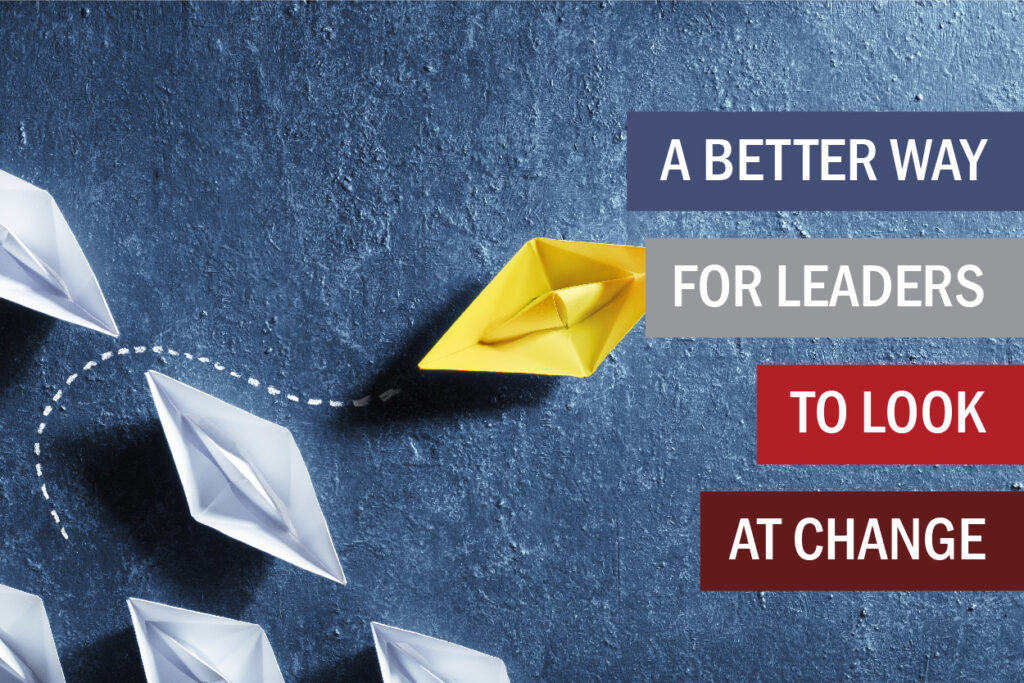By Kevin Eikenberry
As a leader, whether you like it or not, you are in the business of change. Put another way, leading change is an important and ever-present part of your leadership work. While we all have significant experience with change both personally and organizationally, how we look at change can make a huge impact on our success.
While I do not know what your specific experience is with change and how you feel about it, I know how most people and organizations look at it. The focus is on the change itself and what exactly is changing. While those are important things to know and communicate, there are three other things that we can focus on that are often forgotten:
- The context of the change
- The emotions of the change
- What isn’t changing
Let’s look at each of those briefly – to understand how you can apply them more effectively.
The Context of the Change
Knowing what the change is, is important. But knowing why the change matters, how it connects to the organizational purpose, how it will impact individuals, and what the benefits of the changed state will be are more important. Think about change as the desired outcome more than the change itself. When people see the end goal and see value in it, the change itself becomes easier to accept and embrace.
The Emotions of the Change
Simply stated, there is always an emotional component to change. Introducing the change with a slick presentation, solid logic, and facts isn’t enough. Think about any change from the emotional perspective. What will people feel they have lost? How much change are they already navigating? How can you help them build commitment to the new change? Thinking about and answering these questions will help your success in leading change immensely.
What isn’t Changing
Change can be hard. Change will require new effort and thinking, and likely, more work, at least for a while. Because the focus is on the change, people often feel like everything is changing. Remind people that not everything is changing. Whatever it is you’re changing includes some portion that is remaining the same. Help people see what isn’t changing in the context of what is. It will help them breathe easier, and keep the change in perspective. Once people see what remains unchanged, it is easier (mentally and emotionally) to work on and accept what is changing.
When you think about change in these new ways, you will be better able to accept it yourself, which is a necessary step for you in leading the change successfully for others.
…
Want to build your skills and be more confident and successful as a new or frontline leader? Join us for The Virtually delivered Bud to Boss Workshop. In just two hours a week seven weeks you can learn new skills (including how to lead change) and apply them as you learn. You can learn more and register here.


0 comments